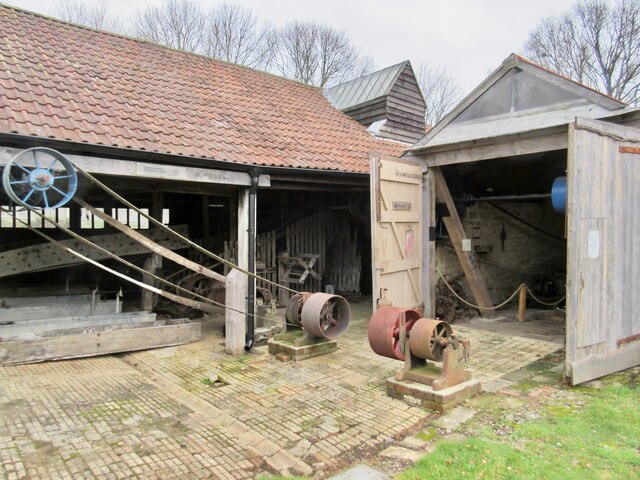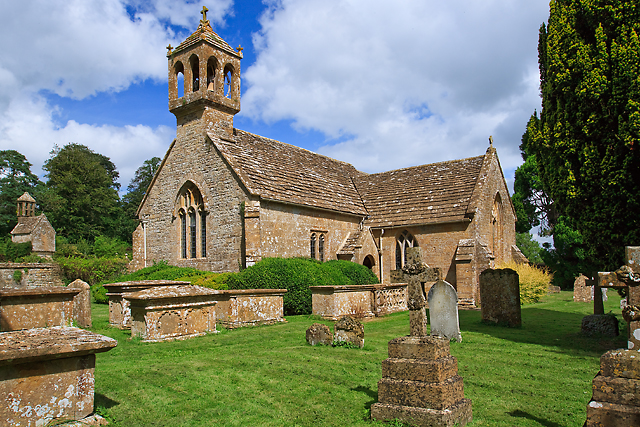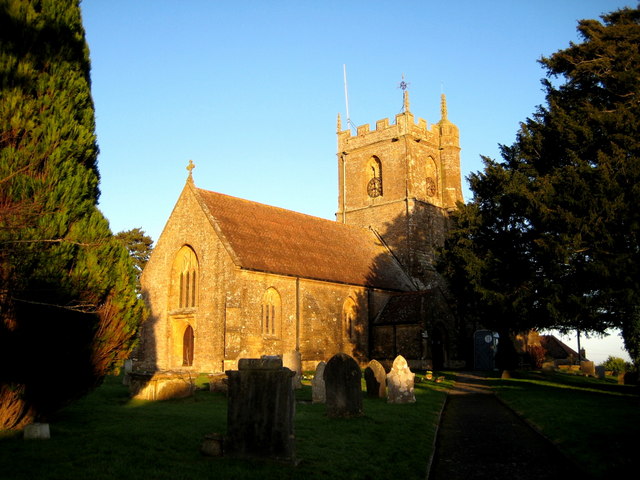Leaze Plantation
Wood, Forest in Somerset South Somerset
England
Leaze Plantation
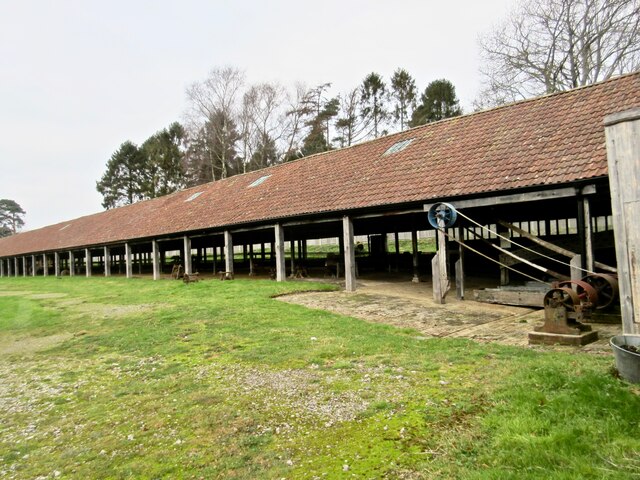
Leaze Plantation is a picturesque woodland located in Somerset, England. Situated near the village of Wood, the plantation covers an area of approximately 100 acres, making it an expansive and diverse natural landscape. The plantation is known for its dense and ancient woodland, which consists of a variety of tree species, including oak, beech, and birch.
The woodland at Leaze Plantation is a haven for wildlife, providing a sanctuary for numerous bird species, such as woodpeckers and tawny owls. The undergrowth is teeming with flora, including bluebells, wild garlic, and ferns, creating a vibrant and colorful atmosphere throughout the year.
The plantation offers several walking trails and paths that allow visitors to explore the woodland at their leisure. These trails are well-maintained and suitable for all abilities, making it an accessible destination for families and nature enthusiasts alike. Along the paths, visitors can enjoy the tranquility of the woodland, listen to the soothing sounds of nature, and take in the breathtaking scenery.
Leaze Plantation is also a popular spot for outdoor activities, such as picnicking, nature photography, and wildlife spotting. The plantation is open to the public year-round, with no entry fee, making it an affordable and enjoyable destination for a day out in nature.
Overall, Leaze Plantation in Somerset offers a captivating and diverse natural environment, providing a peaceful retreat for visitors to immerse themselves in the beauty of the woodland and connect with the wonders of the natural world.
If you have any feedback on the listing, please let us know in the comments section below.
Leaze Plantation Images
Images are sourced within 2km of 50.93052/-2.6837094 or Grid Reference ST5214. Thanks to Geograph Open Source API. All images are credited.

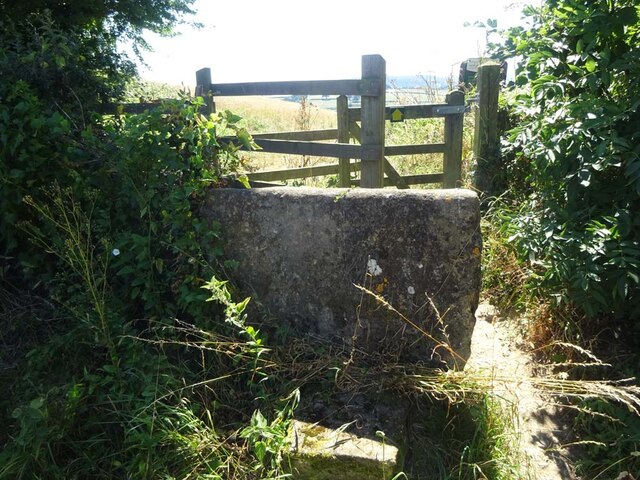
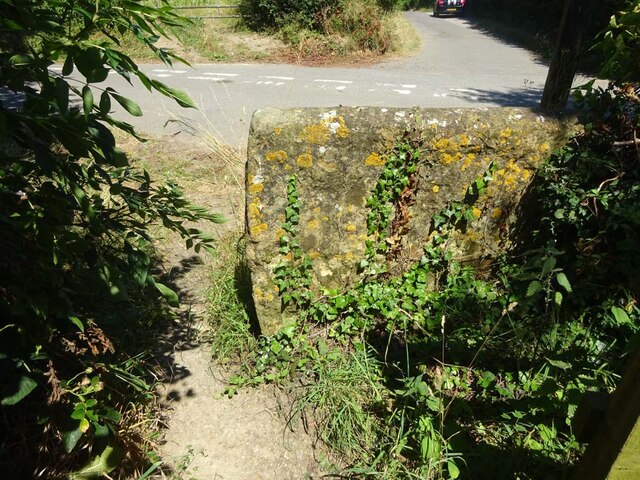
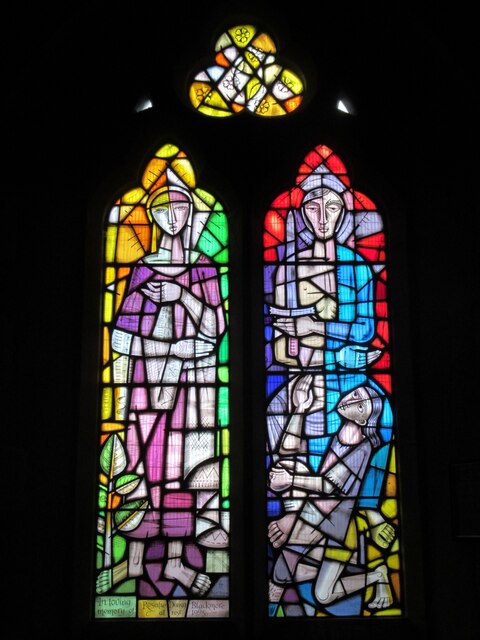
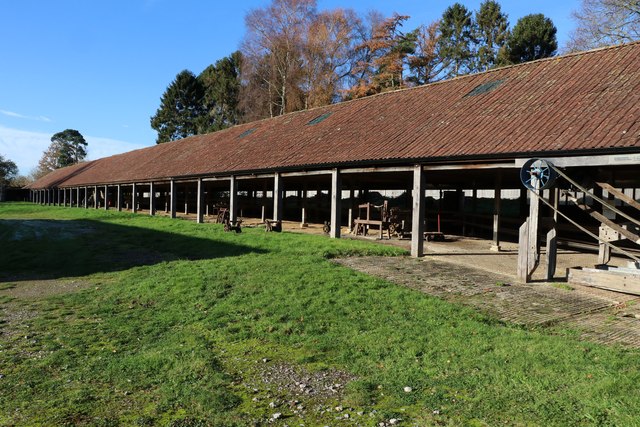
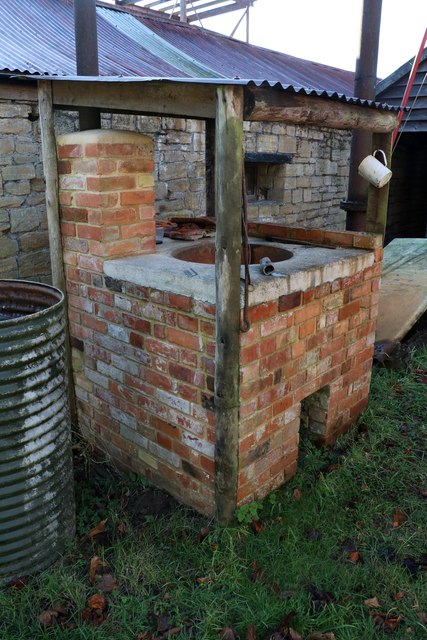
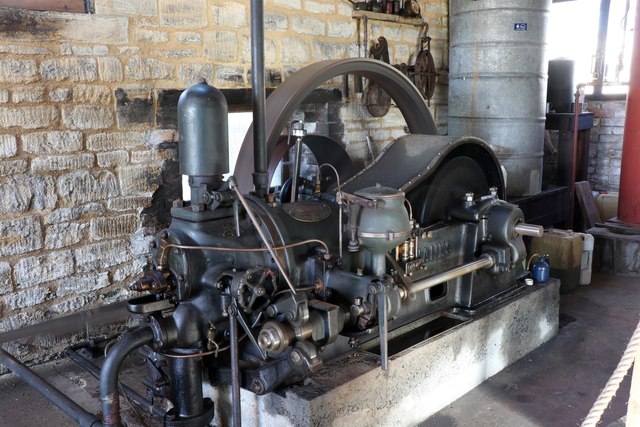
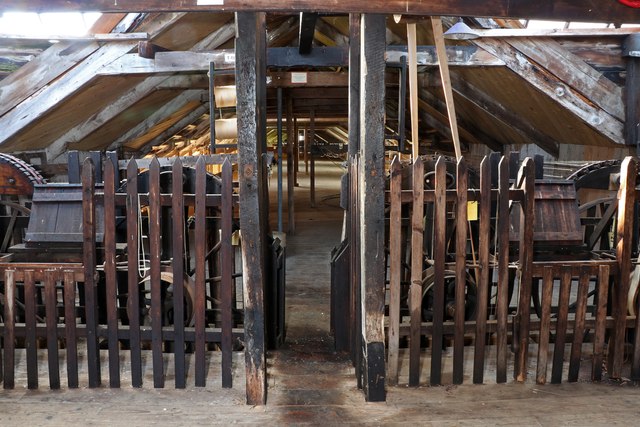
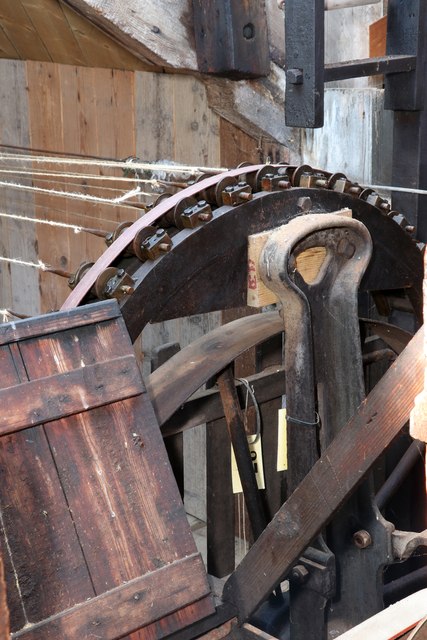
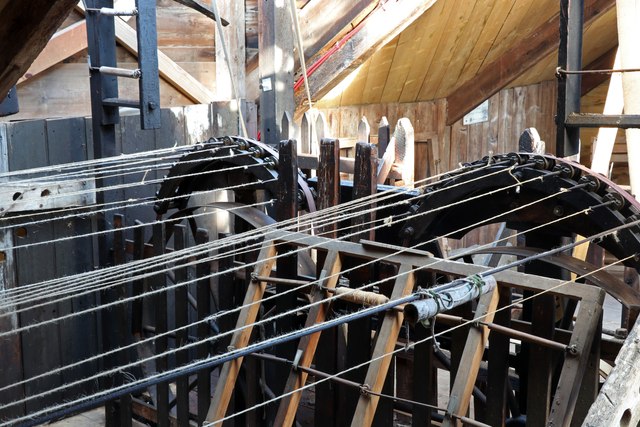
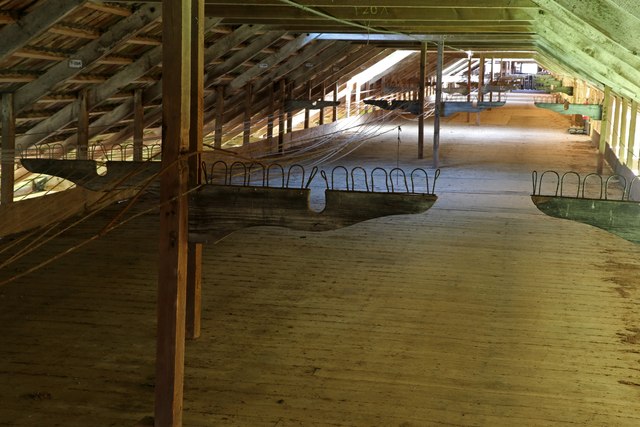
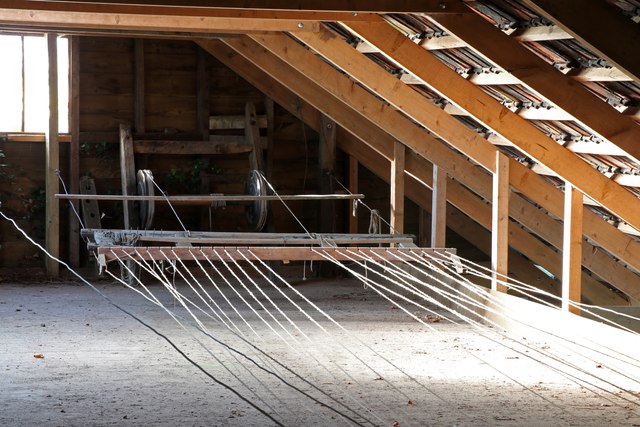
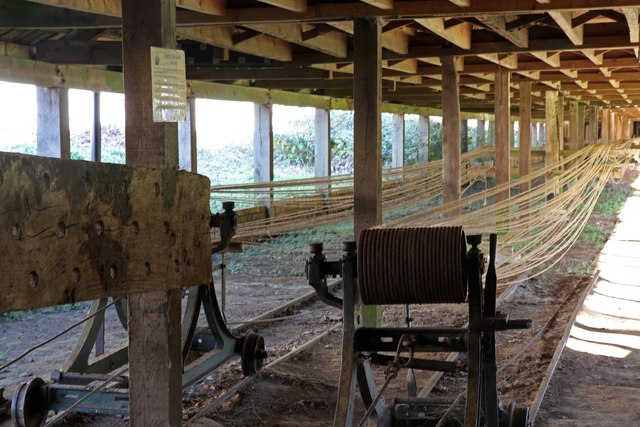


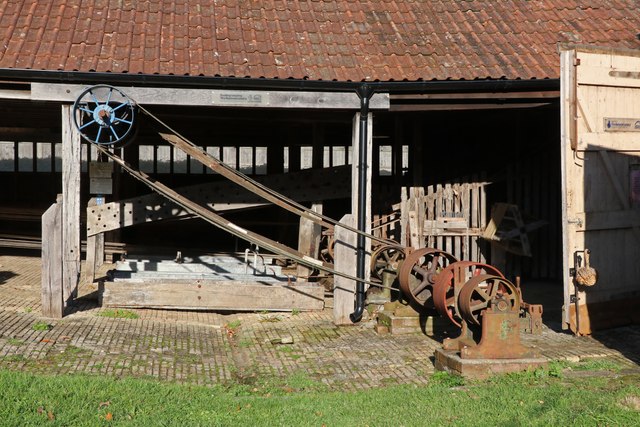
Leaze Plantation is located at Grid Ref: ST5214 (Lat: 50.93052, Lng: -2.6837094)
Administrative County: Somerset
District: South Somerset
Police Authority: Avon and Somerset
What 3 Words
///ideal.lift.multiples. Near West Coker, Somerset
Nearby Locations
Related Wikis
St Andrew's Church, Brympton
The Church of St Andrew in Brympton, Somerset, England, dates from the 13th century and has been designated as a Grade I listed building. It is closely...
Brympton d'Evercy
Brympton d'Evercy (alternatively Brympton House), a grade I listed manor house near Yeovil in the county of Somerset, England, has been called the most...
Brympton
Brympton is a civil parish and electoral ward in Somerset, England. The parish is situated on the north-west edge of Yeovil in the South Somerset district...
St Martin of Tours' Church, West Coker
St Martin of Tours' Church, West Coker is a Grade II* listed parish church in the Church of England in West Coker, Somerset. == History == The church dates...
Manor House, West Coker
The Manor House in West Coker, Somerset, England has medieval origins, however the earliest surviving portions of the current building probably date from...
Westland Sports F.C.
Westland Sports Football Club is a football club based in Yeovil, Somerset England. They currently play in the Dorset Premier League at their home ground...
West Coker
West Coker is a large village and civil parish in Somerset, England, situated 3 miles (4.8 km) south west of Yeovil in the South Somerset district. �...
Church of St Peter and St Paul, Odcombe
The Anglican Church of St Peter and St Paul in Odcombe, Somerset, England was built in the 13th century. It is a Grade II* listed building. == History... ==
Nearby Amenities
Located within 500m of 50.93052,-2.6837094Have you been to Leaze Plantation?
Leave your review of Leaze Plantation below (or comments, questions and feedback).
